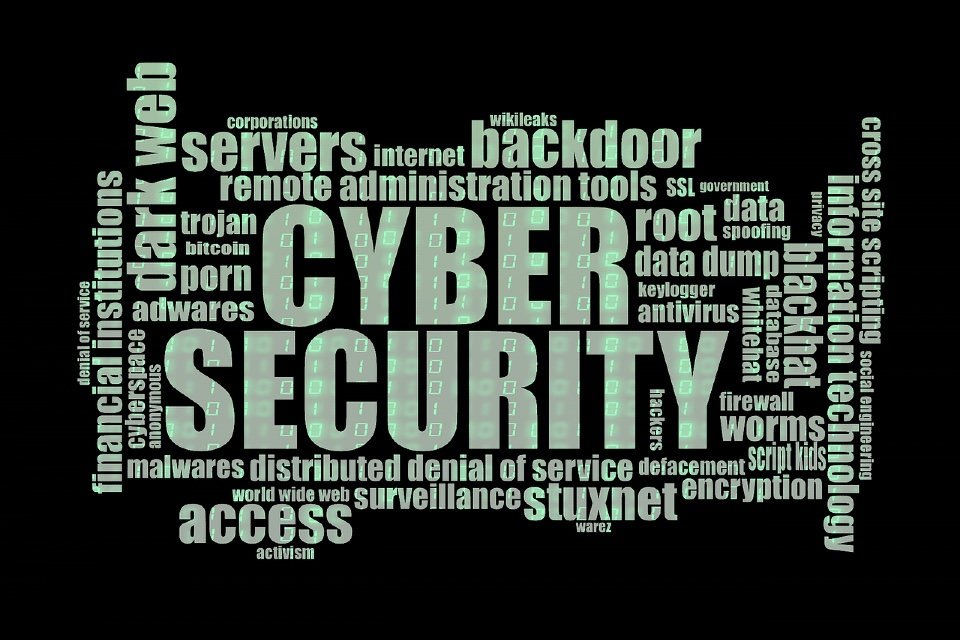Nearly half of EMEA CIOs are shifting to co-owning digital leadership with their CxO peers

Forty-six per cent of CIOs in Europe, the Middle East and Africa (EMEA) are partnering with their CxO peers to bring IT and business area staff together to co-own digital delivery on an enterprise-wide scale. That’s according to Gartner’s annual global survey of CIOs and technology executives, which has found that CIO’s relationship with their […]
Global IT spending set to hit $4.7 trillion in 2023, driven by automation

Global IT spending is projected to grow by 4.3% this year to reach $4.7 trillion, with CIOs continuing to lose the competition for IT talent, leading to a shift in spending towards technologies that enable automation and efficiency to drive growth with fewer employees. “Digital business transformations are beginning to morph,” said John-David Lovelock, Distinguished […]
Amazon drives IaaS market to new highs

The worldwide infrastructure as a service (IaaS) market grew 29.7% in 2022, to total $120.3 billion, up from $92.8 billion in 2021, according to new data. Analysis by Gartner indicates Amazon retained the No. 1 position in the IaaS market in 2022, followed by Microsoft, Alibaba, Google and Huawei. “Cloud has been elevated from a […]
Banking and investment sector IT spending to hit $652bn this year

Worldwide banking and investment services IT spending is forecast to total $652.1 billion in 2023, an increase of 8.1% from 2022, with software experiencing the largest growth with an increase of 13.5%. “Current economic headwinds have changed the context for technology investments in banking and investment services this year,” said Debbie Buckland, Director Analyst at […]
Government CIO spending on IT predicted to grow 8% in 2023

Worldwide government IT spending is forecast to total $589.8 billion in 2023, an increase of 7.6% from 2022, with inflation and skills shortages among the top considerations fort CIOs. That’s according to research from Gartner, which says that this year they will also ensure their digital projects endure mission impact. An increasing number of government […]
Worldwide public cloud end-user spending to hit $600bn in 2023

Worldwide end-user spending on public cloud services is forecast to grow 21.7% to total $597.3 billion in 2023, up from $491 billion in 2022, according to the latest forecast from Gartner. Cloud computing is driving the next phase of digital business, as organizations pursue disruption through emerging technologies like generative artificial intelligence (AI), Web3 and […]
IT spending to hit $4.6 trillion in 2023

Worldwide IT spending is projected to total $4.6 trillion in 2023, an increase of 5.5% from 2022 – despite continued global economic turbulence, all regions worldwide are projected to have positive IT spending growth. “Macroeconomic headwinds are not slowing digital transformation,” said John-David Lovelock, Distinguished VP Analyst at Gartner. “IT spending will remain strong, even […]
Democratisation of technology among the top trends impacting providers and buyers

The top trends that will impact technology providers and buyers through 2025 will be driven by businesses increasing their reliance on technology, new opportunities emerging through technology and the impact of external macro forces. That’s according to a study from Gartner, which asserts that as the march of digitalisation continues even amidst disruption, technology providers have […]
Cyberthreats and IT governance are top concerns for auditors in 2023

Cyberthreats and IT governance are top risk areas for internal auditors to address in their audit plans for 2023. That’s according to the Gartner 2023 Audit Plan Hot Spots Report, which identifies the top 12 risk focus areas for Chief Audit Executives (CAEs) to help them identify risks to their organisations and plan audit coverage […]
CIOs ‘need to accelerate time to value’ from digital investments

CIOs and IT leaders must take action to accelerate time to value and drive top- and bottom-line enterprise growth from digital investments. That’s according to Gartner’s annual global survey of CIOs and technology executives, which gathered data from 2,203 CIO respondents in 81 countries and all major industries, representing approximately $15 trillion in revenue/public-sector budgets and […]


